My trip to Quarnarolo (HR): castle, storm and traditions - Part 2
Dear friends, we continue our tour in Kvarnerol with a visit to two very characteristic towns.
One, Zadar, is on the mainland, while Pag is, precisely on the island of Pag.
In both, Roman rule left its marks especially in terms of building typology.
In this case, the structures are squat and the arches are round and not pointed as in Gothic architecture; the following photo shows a typical example. Of course, all historic buildings are made of "Istrian Stone."

We start with Zadar's main square where there is a church and various remains of the ancient Roman walls.

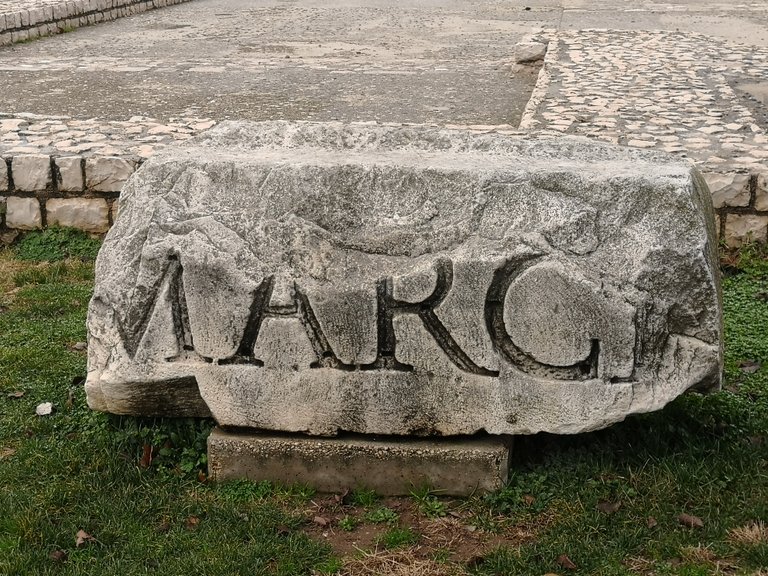
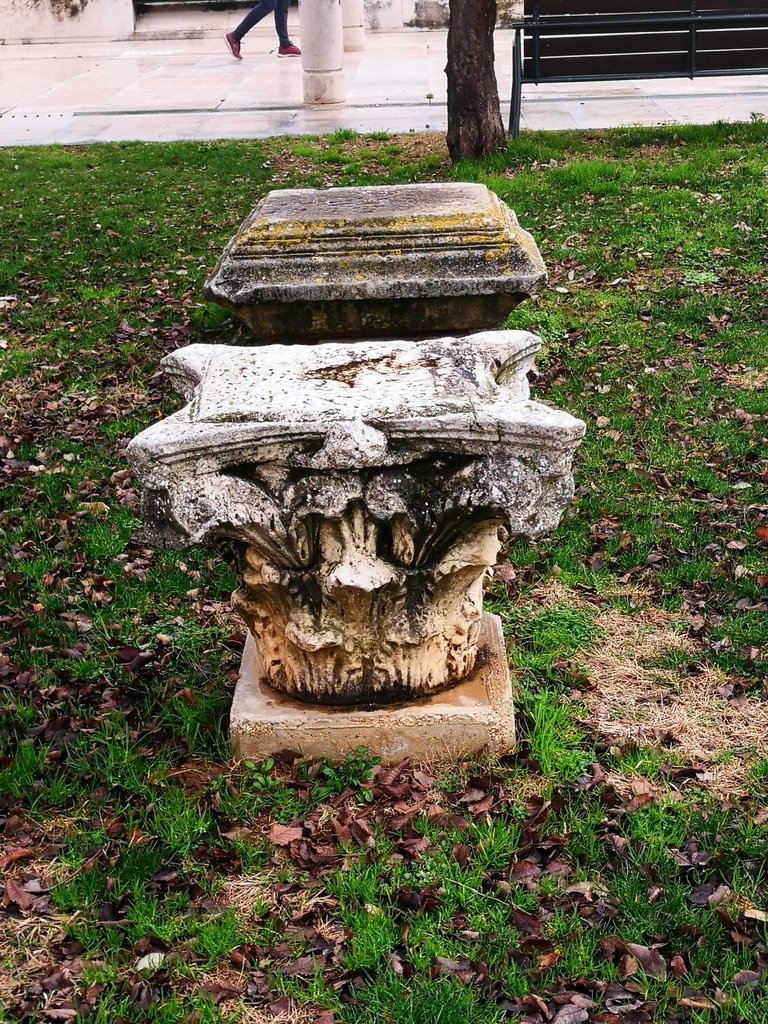
Proceeding in the tour, we come to the square used as a local market where we can delight in the presence of some of the paraphernalia inherent in sea life: a helm and a wooden machine resembling a wine press.
A pergola in the main part of the square sports a wooden sign clearly indicating that this is a typical market.

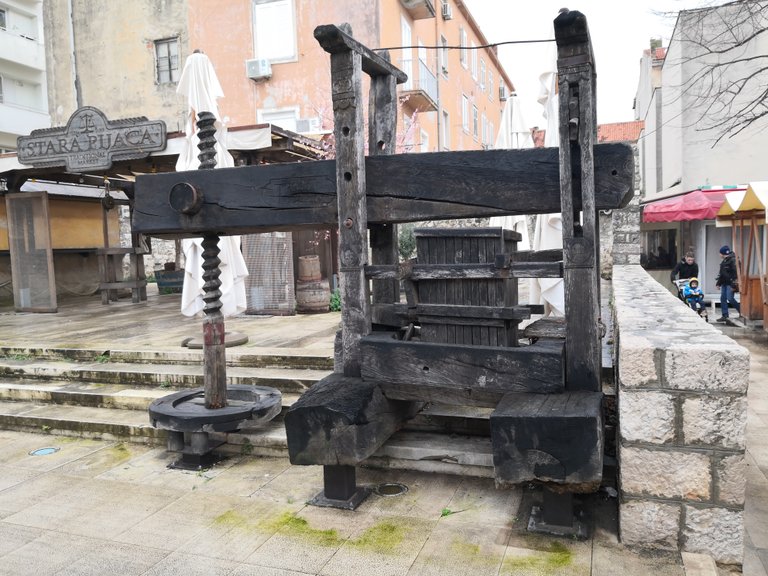
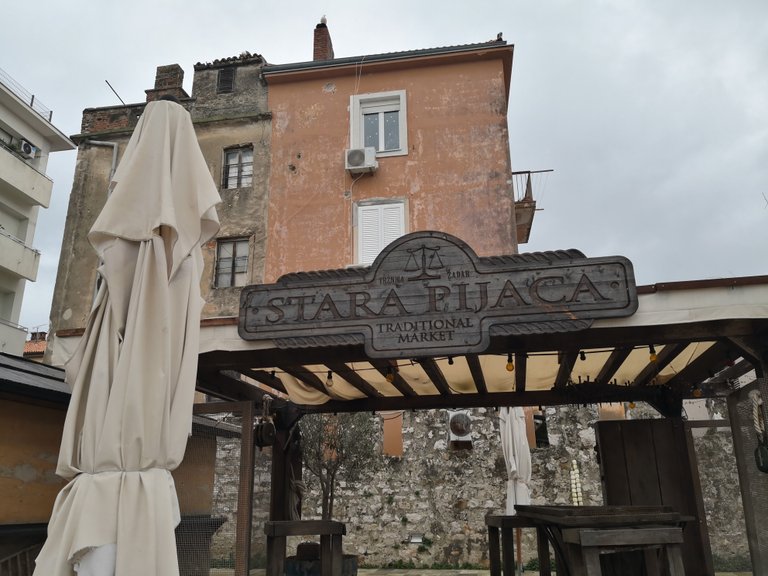
Very characteristic are some bas-reliefs that are present in a historic building
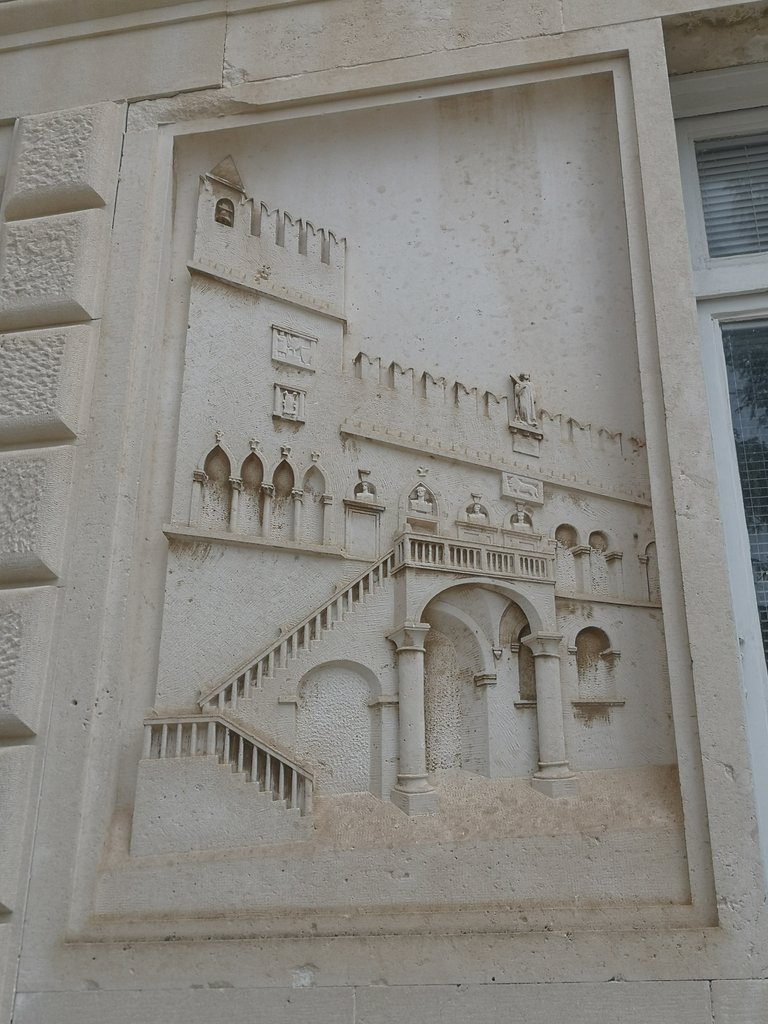
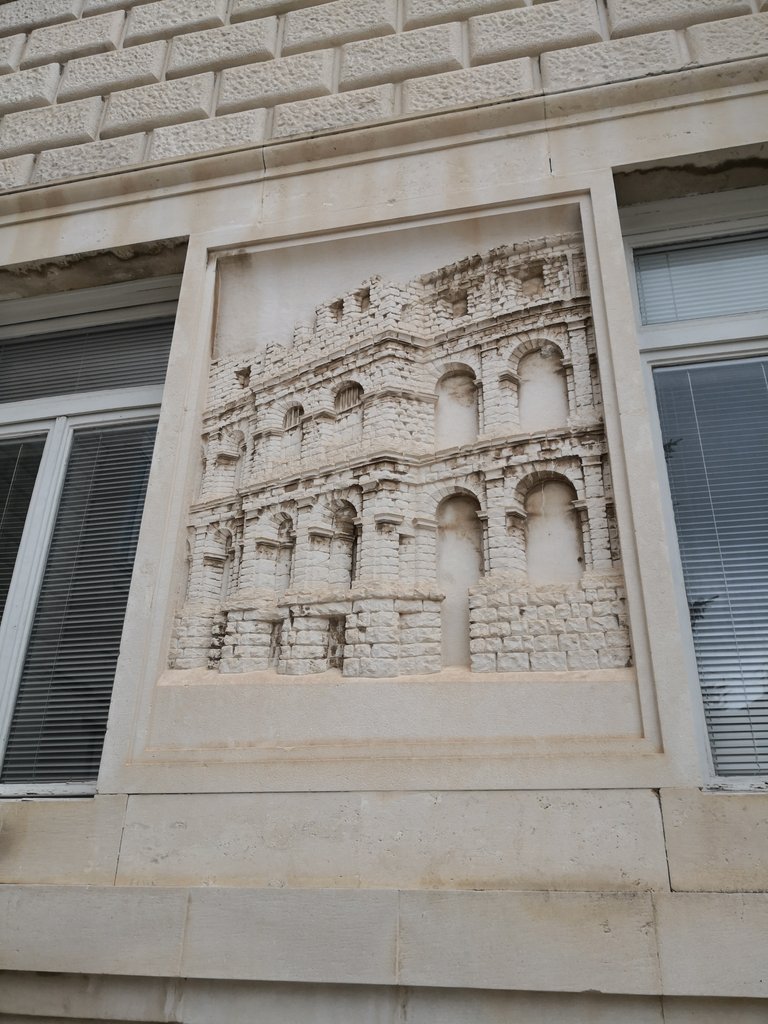
Proceeding to the waterfront, the laws of physics have given rise, thanks to the imagination of an architect, to a marvelous thing: a marine organ.
Built by Architect Nikola Basic, it consists of 35 organ pipes and is driven by the wave motion of the sea.
Truly impressive!
I am including a video because explained in words it absolutely does not do justice to the charm it has!
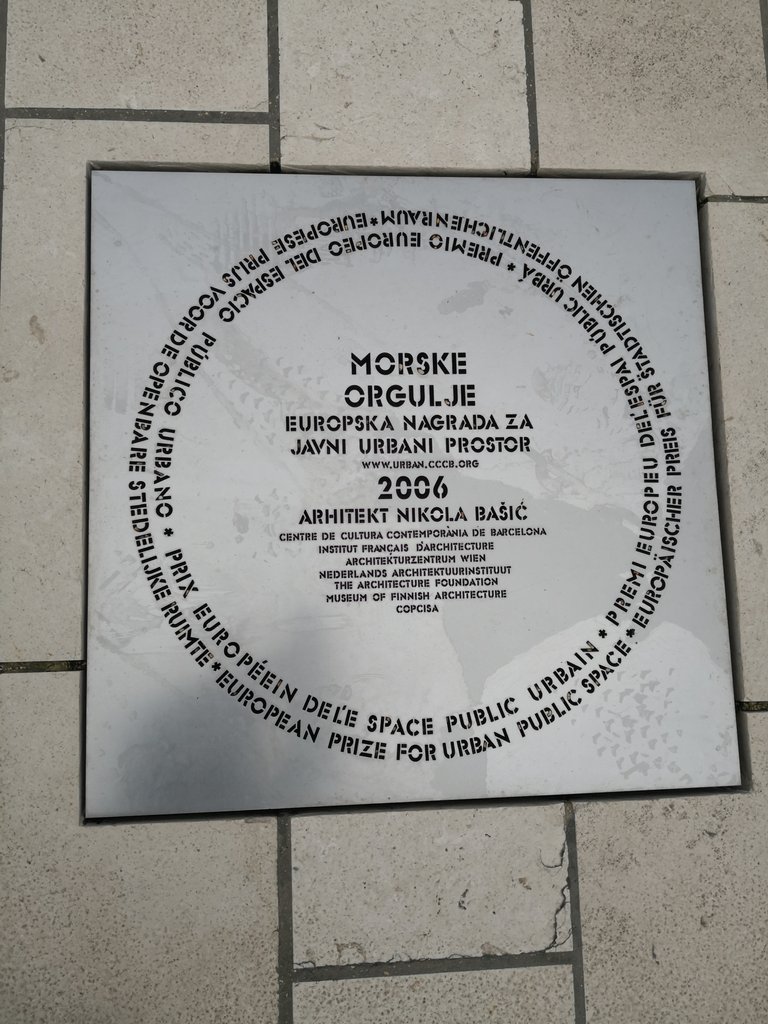
Also in the same area of the sea organ, the solar system was reproduced to scale.
The largest blue part represents the sun and gradually all the planets, from the nearest to the farthest.
This is the sun, and the surface is a giant solar panel; the next is the Earth.
The differences in size are extremely obvious!
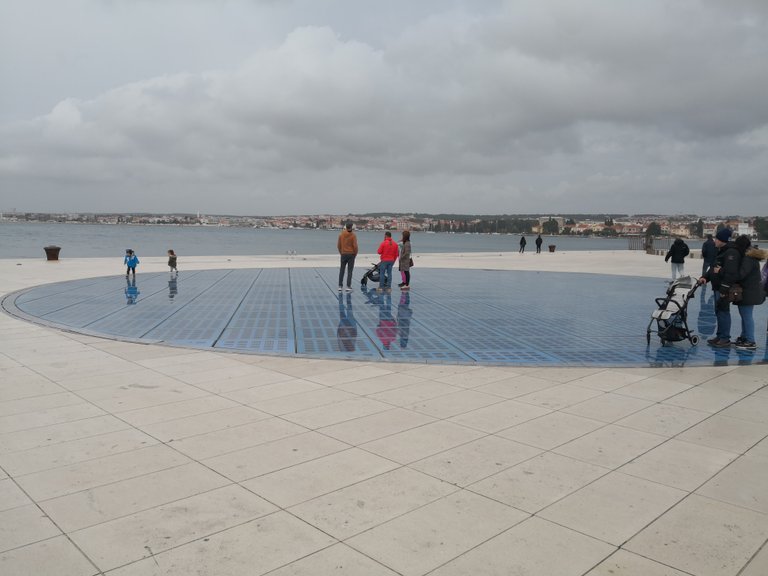
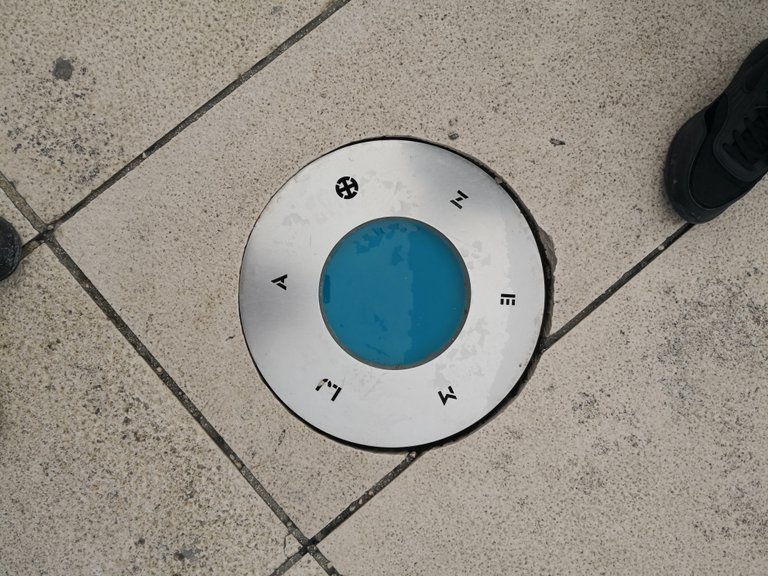
Zadar was really interesting and very nice as a town; let's get in the car and drive to Pag!
Pag is really tiny as a town, as for Zadar, all the historical buildings are built of "Istrian Stone", of very special is the Salt Museum.
Pag, in fact, is very well known for 2 products: sheep cheese and Salt. The latter has very important natural chemical characteristics, first of all the Magnesium content.
Since it was Sunday, it was not possible to visit the museum; on the other hand, we were able to enter the first room, where there is a reconstruction of a salt mine with a wagon and wheelbarrow.
I also managed to photograph a topographical map of how the salt pans were located.
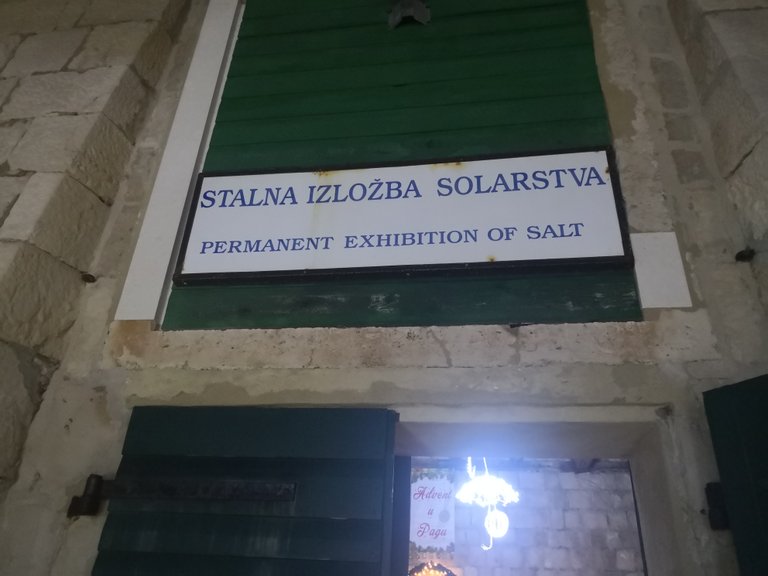
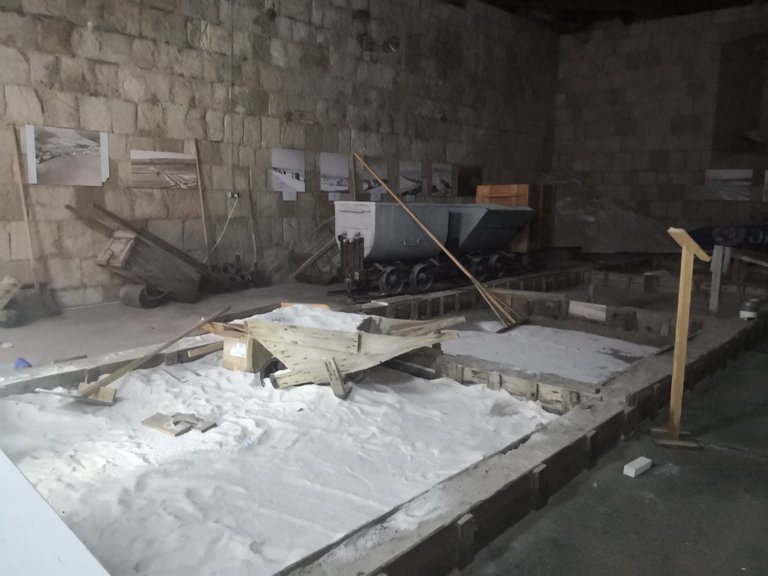
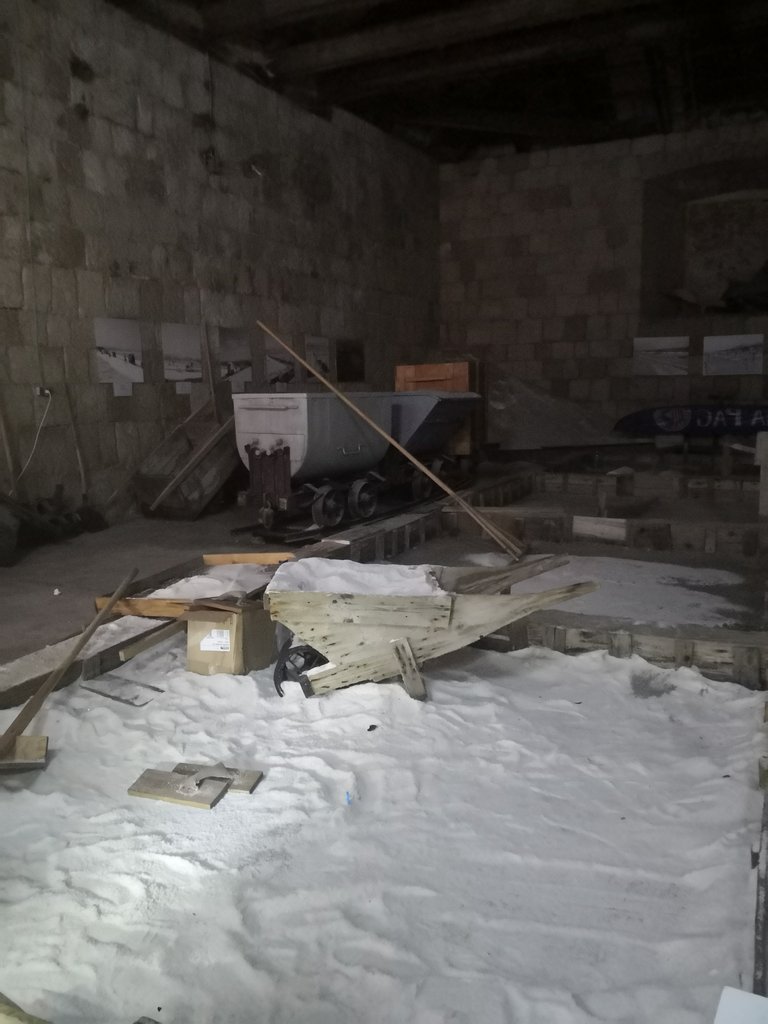
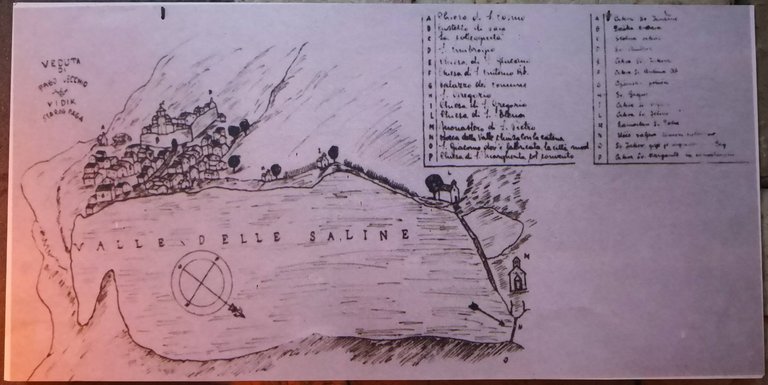
Another thing, although extremely recent, is the bridge that connects the town to the salt museum. Made entirely of Istrian stone, it has two arched compates. It is, of course, pedestrian only, and vehicular for any emergency vehicles.

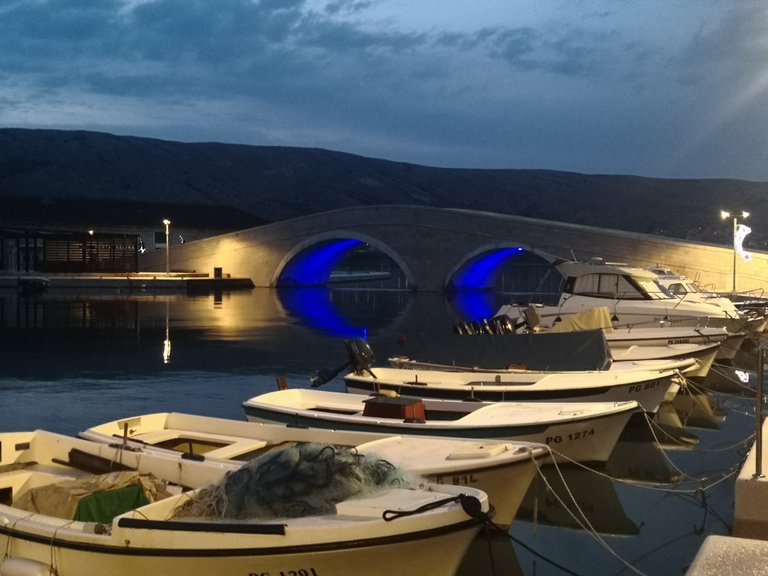
The trip ended, and the following day we returned, I saw other things, on this trip, probably later I will show you the ruins of a fortress by the sea!
!discovery 25
This post was shared and voted inside the discord by the curators team of discovery-it
Join our Community and follow our Curation Trail
Discovery-it is also a Witness, vote for us here
Delegate to us for passive income. Check our 80% fee-back Program
Congratulations @mikezillo! You have completed the following achievement on the Hive blockchain And have been rewarded with New badge(s)
Your next target is to reach 4000 replies.
You can view your badges on your board and compare yourself to others in the Ranking
If you no longer want to receive notifications, reply to this comment with the word
STOPCheck out our last posts:
Beautiful tour!
I am a fan of Croatia and more specifically of Istria: they are magnificent places!
Likewise Eros. Croatia is a great place with great food and landscapes. Definitely worth visiting!